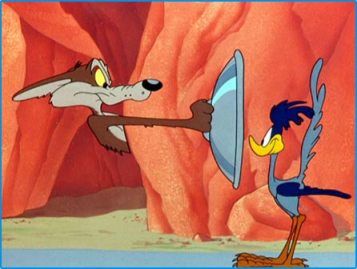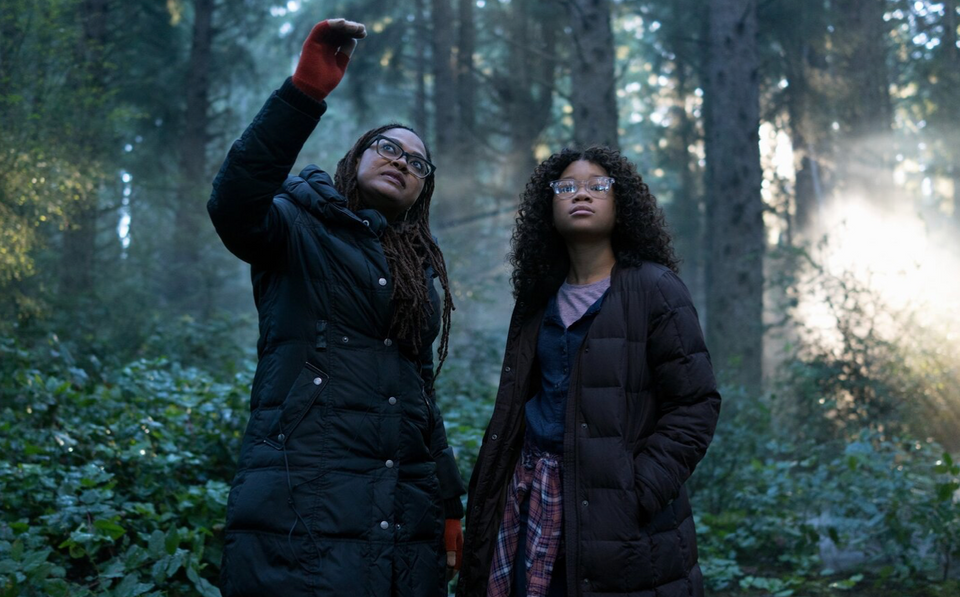Only in the modern day can one hike an Alp in the morning and be home for a late dinner in Boston. (Of course, the time change helps too.)
Greetings from Switzerland, which I had the good fortune to visit over the last week thanks to a kinship with the DC-based folk-pop ensemble Eddie From Ohio. The band, whose members often invite me along as utility instrumentalist, was the guest of honor at the U.S. Embassy Independence Day Celebration in Bern. This was my first international performance of the “Star Spangled Banner.”
So much cheese, so little time. I did my best, and have the cholesterol spike to prove it. Raclette, Gruyère, Emmental … let me count the ways.
On the plane ride home, I had a hard time adhering to my mandate not to watch bad movies. (I had already watched all the good ones.) I got through on a technicality — I watched a TV show instead. And I don’t know who does the programming for Swiss Air inflight entertainment, but she’s a creative obscurist: the show I watched, in all its Looney-Tuned glory, was a Road Runner cartoon.

How has no one ever deconstructed this show? It is a psychological wonderland. I’m going to proceed on the assumption we’re all familiar with it. (If not, you know what to do.)
It’s easier to suspend disbelief when you’re a kid, of course, and I remember being utterly fascinated by this cartoon. The premise may be the most basic imaginable: a predator stalks his prey, but never quite succeeds, with humorous results. There’s a Skinner-box mechanism in there somewhere. But here are a few ideas to chew over: do we want the Coyote to succeed? Why? Is he a true antagonist, or just a tragic figure at the mercy of his own hubris? The lines are pretty blurred here. The fact that we spend so much time with the Coyote, along with his chronic, inevitable failures — each of which is at least painful, if not fatal — would suggest him as a tragic figure deserving our empathy. But the simple truth is, he’s trying to do in a cute, happy bird, which is villainous behavior if ever there was.
What’s the catharsis level here? We’re not dealing with Oedipus or Lear, obviously, but is there not a greater sense of relief that the Coyote’s humiliations and deaths are only temporary than our relief that the Road Runner is never caught? Should the writers have finally “killed Superman,” that is to say, allowed the Road Runner to meet his end, so as to turn pathos on its head? Suddenly, for the first time, our sympathies would be with the indestructible, happy-go-lucky protagonist — except, by definition, they should have been with him already. (I’m going to assume the Road Runner is male, for how many girls would spend their time getting chased around a desert? Incidentally, though, one could mount a convincing sexual deconstruction of the show along the lines of pursuer/pursued.)
Speaking of desert, we really owe it to ourselves to take a look at the setting, which is rivaled in its pure ingenuity by only one other cartoon — that of course would be Calvin and Hobbes — and was the thing that kept me enraptured as a kid. Where in the world do these characters live?!? It’s a Southwest United States on steroids, with all the boring (read: flat) parts removed and only the exciting (read: sharp) rock formations allowed to remain. The number of chasms into which the Coyote can plummet is increased by a factor of twenty. And there is a road, of course, off of which the Road Runner never, ever steps, featuring hundreds of hairpin turns and absolutely no guard rails, which allows the writers to indulge in the Coyote’s complete inability to corner.
The ultimate, archetypal image — the one I never tired of seeing and the writers never tired of exploiting — was the bird’s-eye camera shot of the Coyote vanishing into a mile of sandy oblivion, his final impact always celebrated with a short “bang” and located by the ubiquitous, small puff of dust. This is the five seconds of pure genius that kept me, and I wager every kid, coming back for more. It’s cheap vertigo. Vanishing points like this don’t exist in the United States. You just can’t get that high up and look down over a sheer drop — we’ve got mountains, yeah, but these are heights in extremis. It has that perfect amount of fantastic otherworldliness that allows the kid to buy into it — is it Mars, or is it Utah?
Where does the Coyote’s endless supply of interesting, absurd products come from? Well, the ACME Company, sure, but where is this company, how do they transport their products and, most importantly, are they still around and how can I get in touch with them? I wouldn’t be shocked to learn they’d gone out of business, as most of these items — enormous dynamite rockets, dehydrated boulders — can’t have been cheap to make, yet not a single one of them works. High overhead and poor performance is the quickest way to find yourself out on the street in this economy.
One could certainly read into the Coyote’s favoring technology to accomplish his aims versus the Road Runner’s simple use of “natural gifts.” (One could also read into the Coyote’s perpetual failure when using this approach and his dogged refusal to adjust his strategy, too.)
What does the Coyote eat? We know what the Road Runner eats: birdseed from traps the Coyote sets for him. But the Coyote never catches his prey, and we have to assume this solitary road runner is the only option for a carnivore in the entire desert, as we never see another one. No wonder he is Eternalii famishiis. The whole thing has a real Purgatorial bent.
So, looking at our notes, we infer that America’s dependence on technology will ultimately result in eternal exile to a hot, barren landscape featuring everlasting frustration, pain and hunger.
And vertigo.



